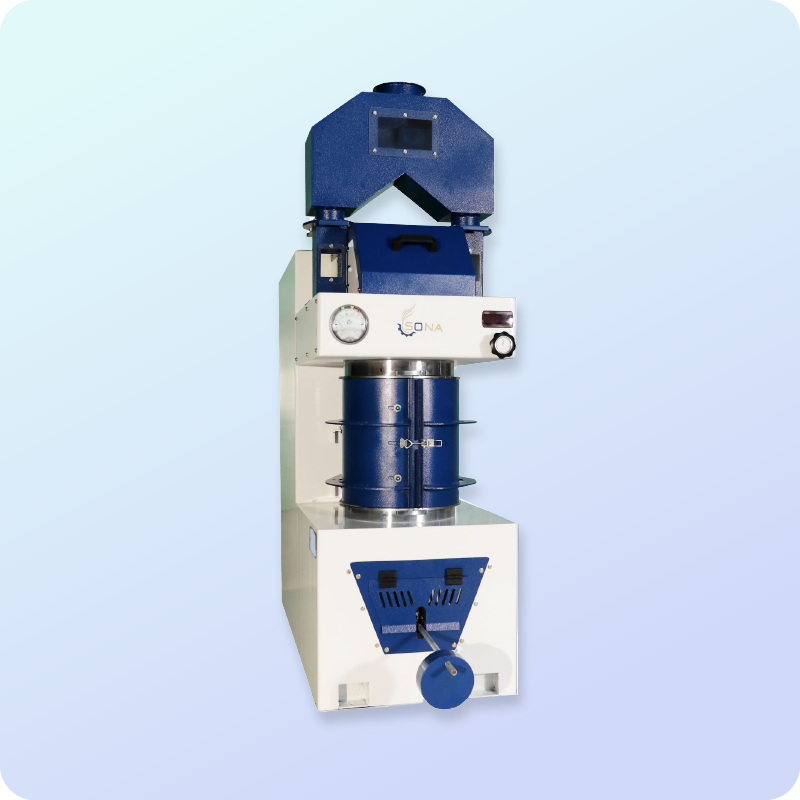A rice whitener machine is a vital component in the rice milling process, specifically designed to enhance the appearance and quality of rice grains. Here's a detailed overview of its features, functions, and benefits:
Functionality:
- The primary function of a rice whitener machine is to remove the outer bran layer from brown rice, resulting in polished, white rice kernels.
- This process involves the use of abrasive surfaces or friction rollers within the machine to gently scrape off the bran layer while preserving the integrity of the rice grain.
Key Features:
- Adjustable Settings: Most rice whitener machines come with adjustable settings to control the degree of whitening or polishing, allowing rice millers to customize the process based on their desired outcome.
- High Efficiency: These machines are capable of processing large quantities of rice quickly and efficiently, making them essential for commercial rice mills.
- Gentle Handling: Despite their abrasive nature, modern rice whitener machines are designed to handle rice grains delicately to minimize breakage and ensure uniform whitening.
- Easy Maintenance: Many rice whitener machines are designed for easy maintenance, with accessible components that can be cleaned and serviced regularly to ensure optimal performance.
- User-Friendly Operation: Intuitive controls and interfaces make rice whitener machines easy to operate, allowing operators to adjust settings and monitor the process with ease.
Benefits:
- Improved Appearance: The primary benefit of using a rice whitener machine is the enhancement of the appearance of rice grains. Polished, white rice is more visually appealing and commands a higher market value.
- Enhanced Quality: In addition to improving appearance, the whitening process helps to remove impurities and surface contaminants, resulting in cleaner, higher-quality rice grains.
- Increased Market Competitiveness: By producing polished, white rice, rice millers can differentiate their products in the market, attracting more consumers and achieving a competitive edge.
- Higher Profitability: With improved quality and market competitiveness, rice millers can potentially increase their profitability by selling premium-quality rice at a higher price point.
In summary, a rice whitener machine plays a crucial role in the rice milling process, contributing to the production of high-quality, polished rice grains that meet consumer expectations and industry standards. Its efficient operation, adjustable settings, and user-friendly design make it an indispensable asset for rice millers aiming to deliver top-notch rice products to the market.



